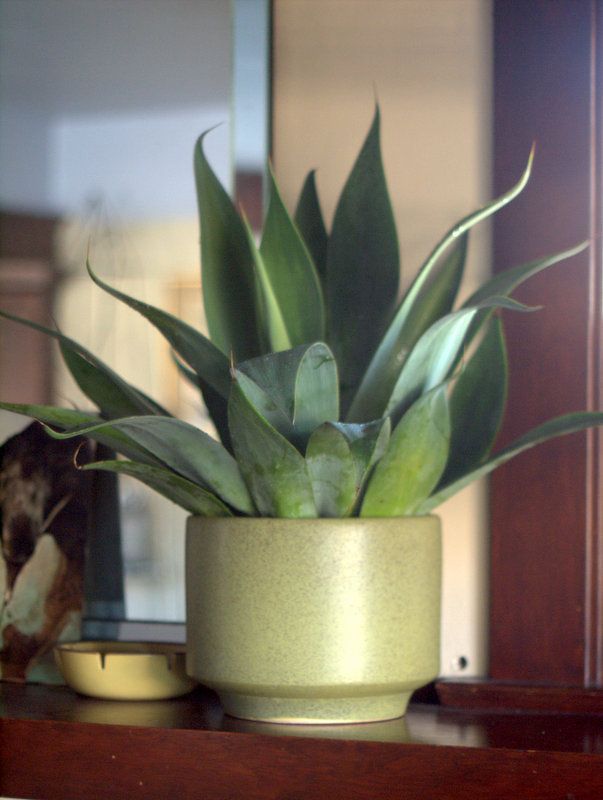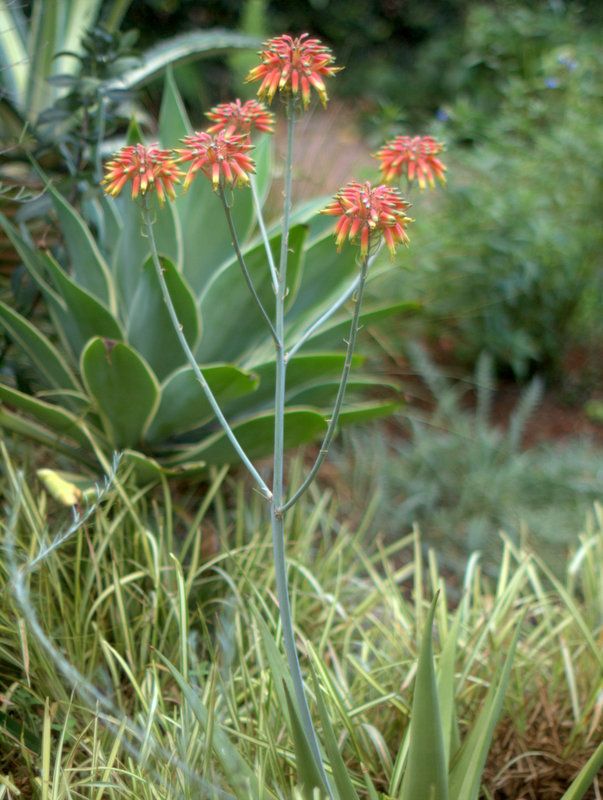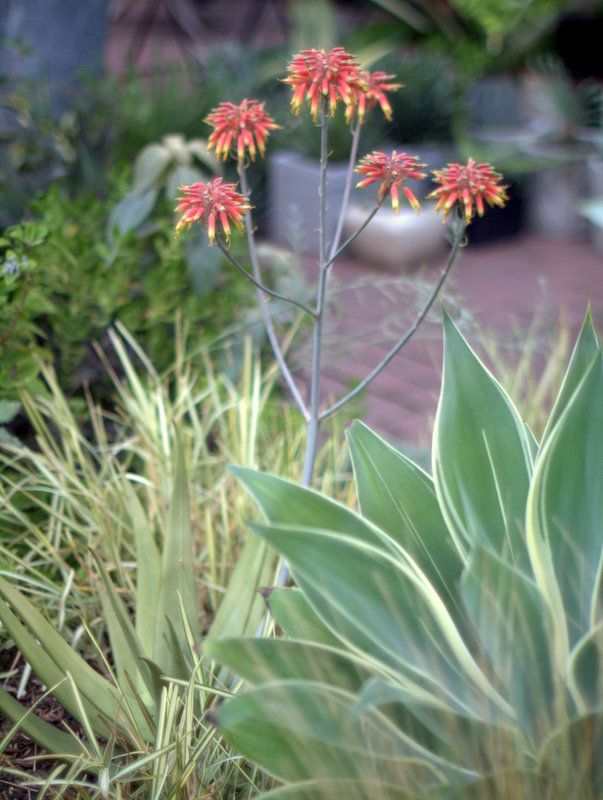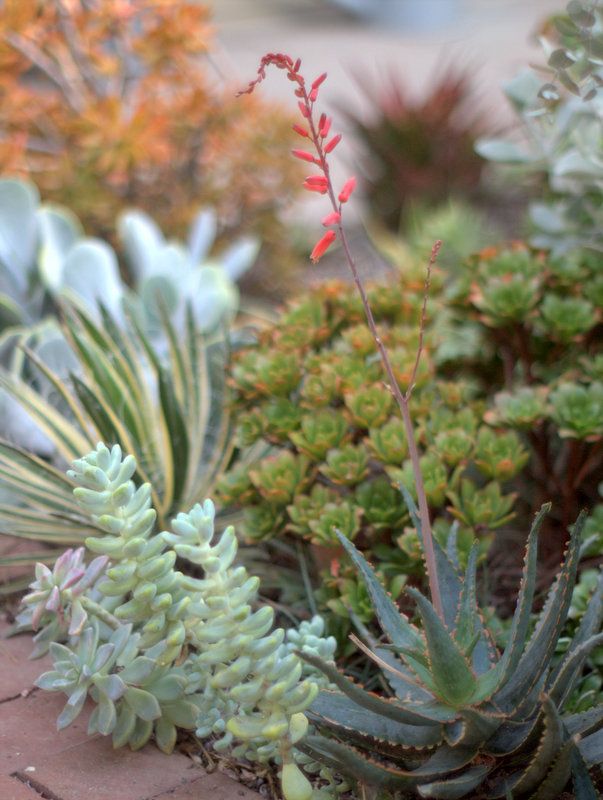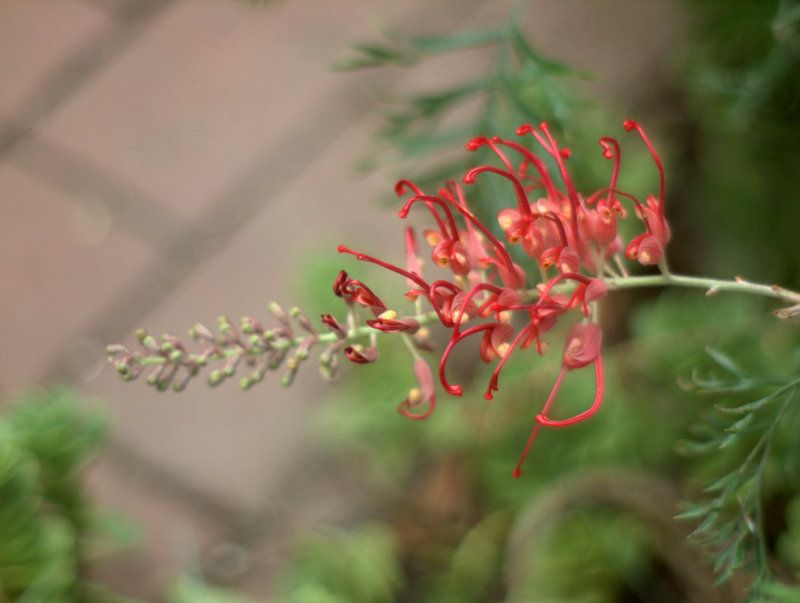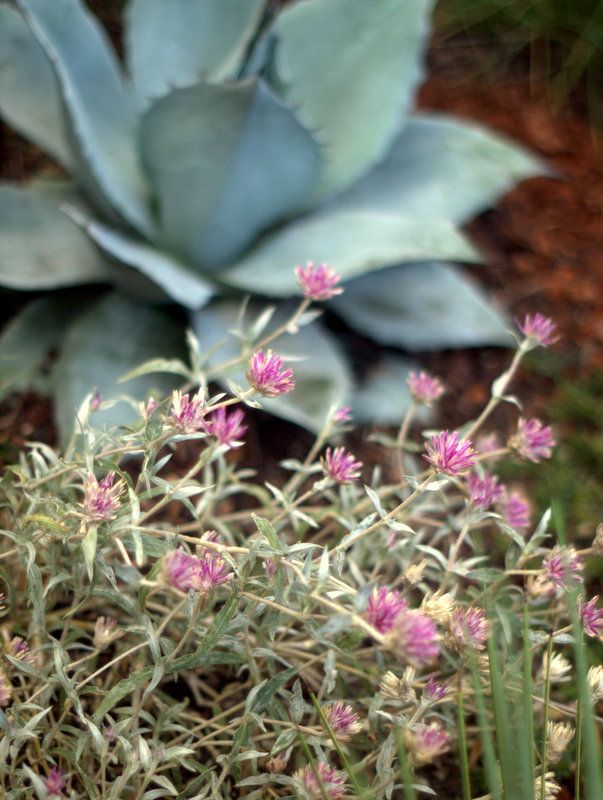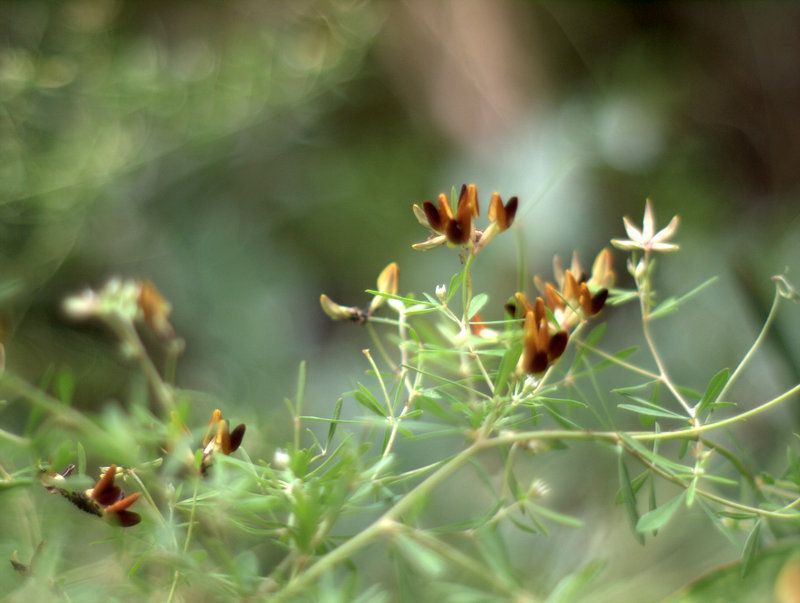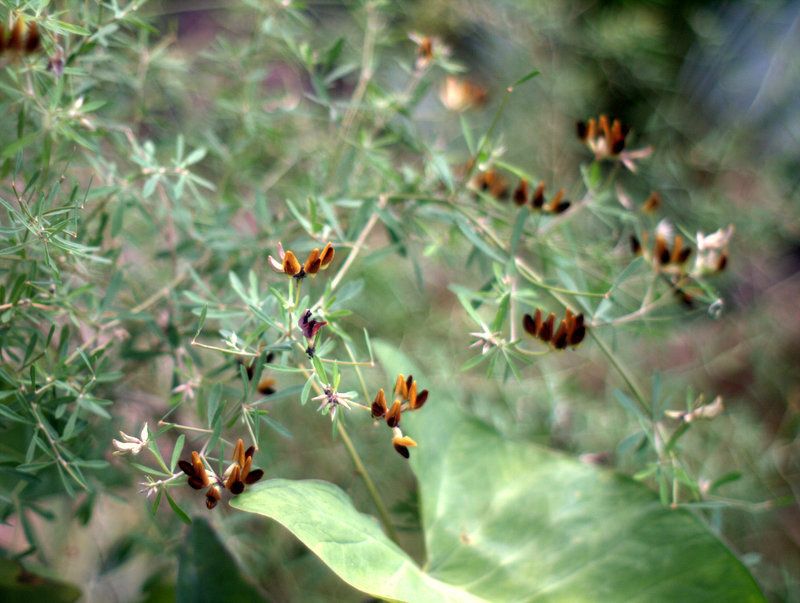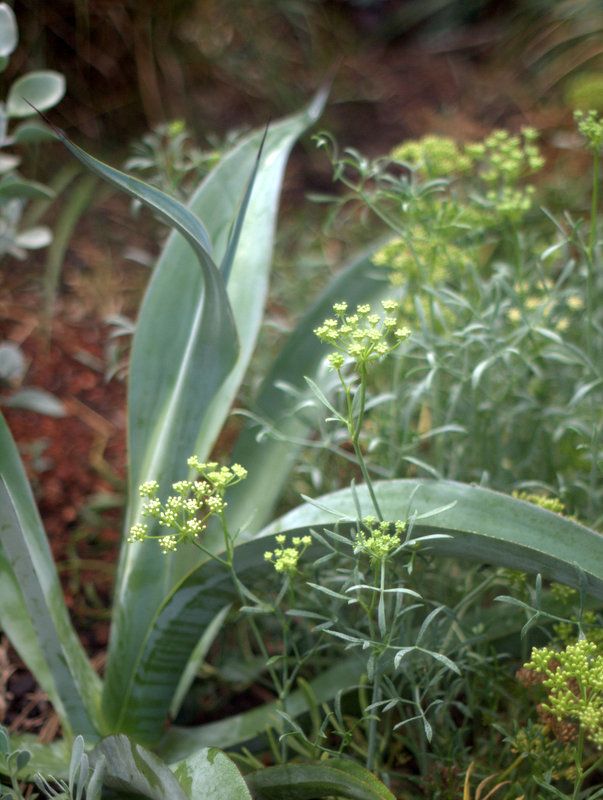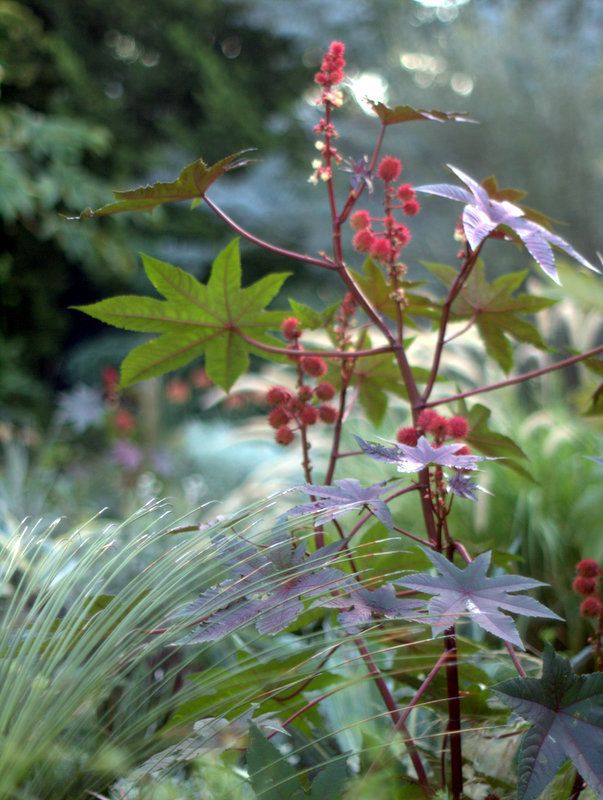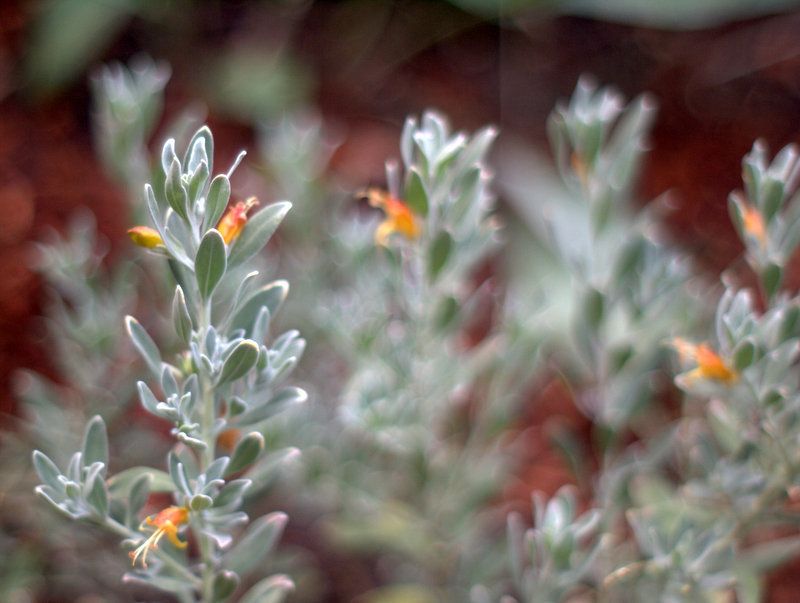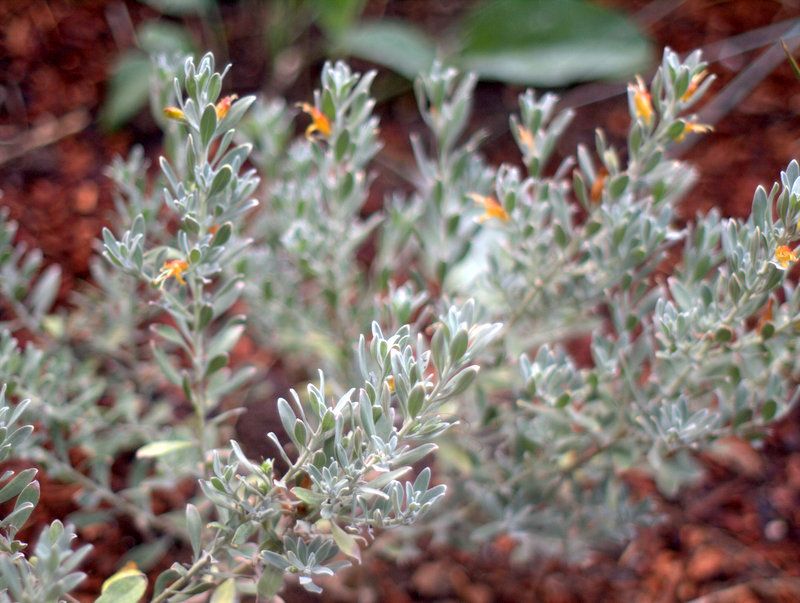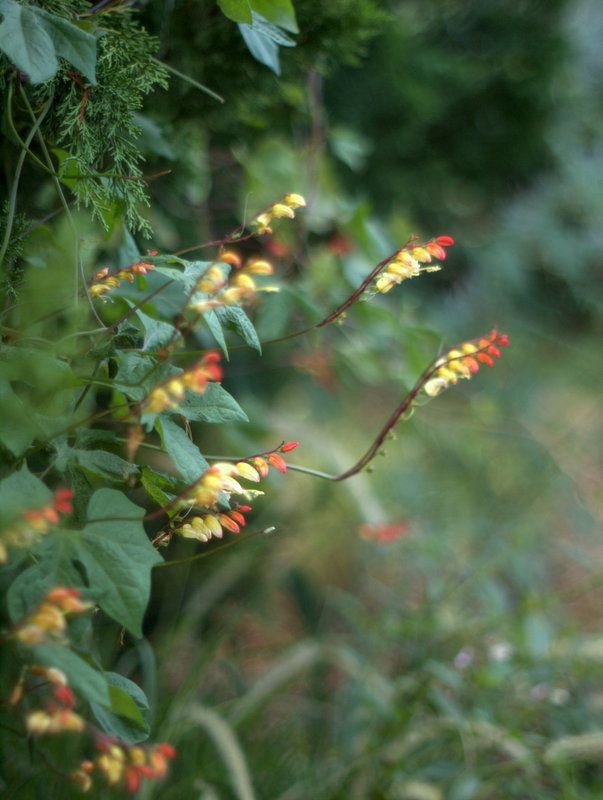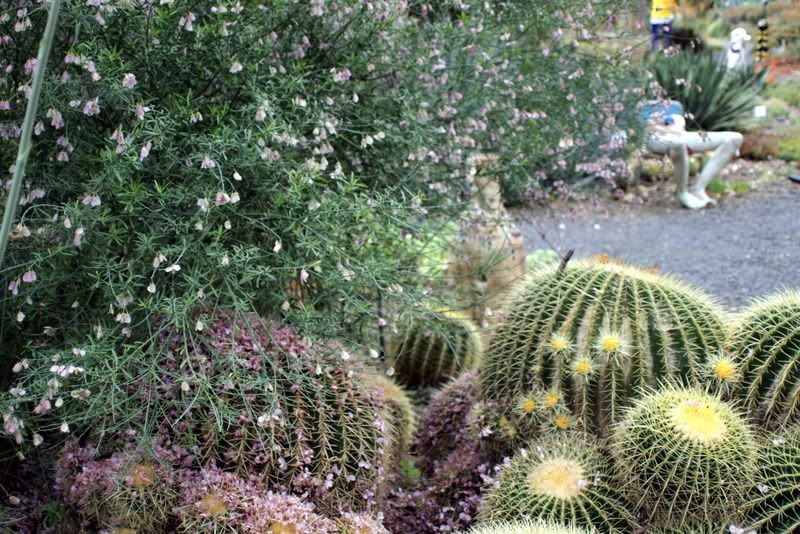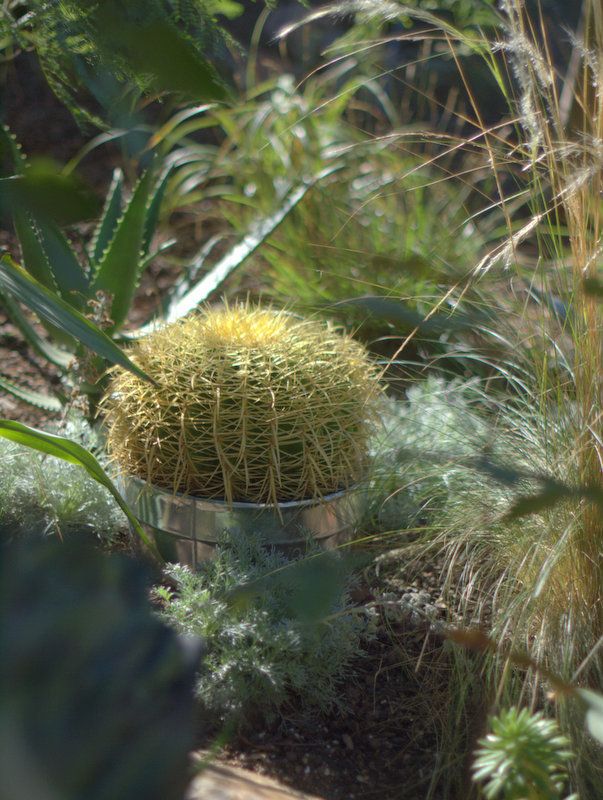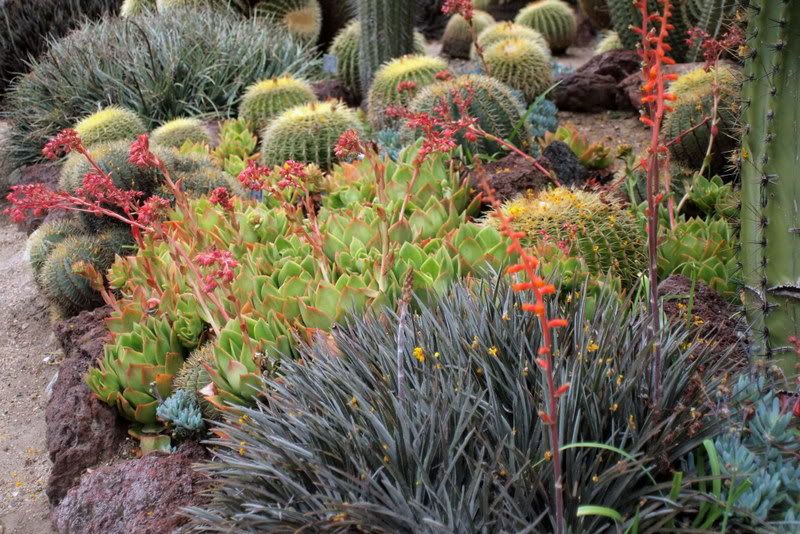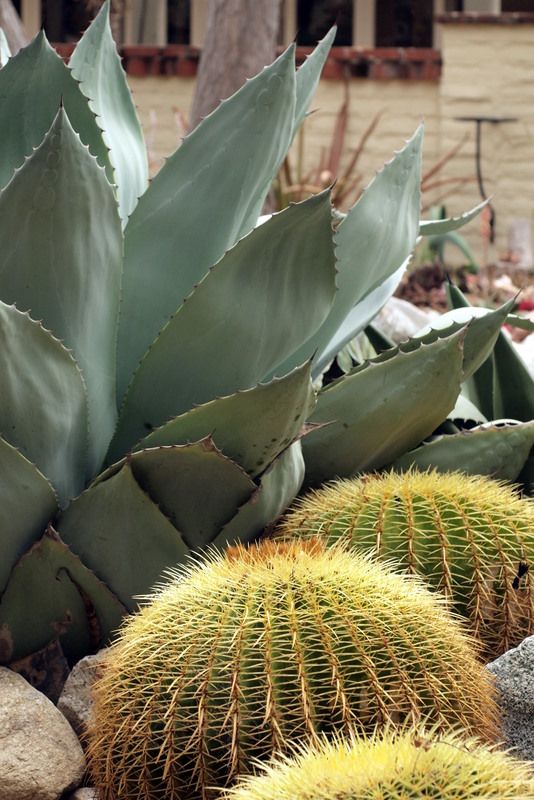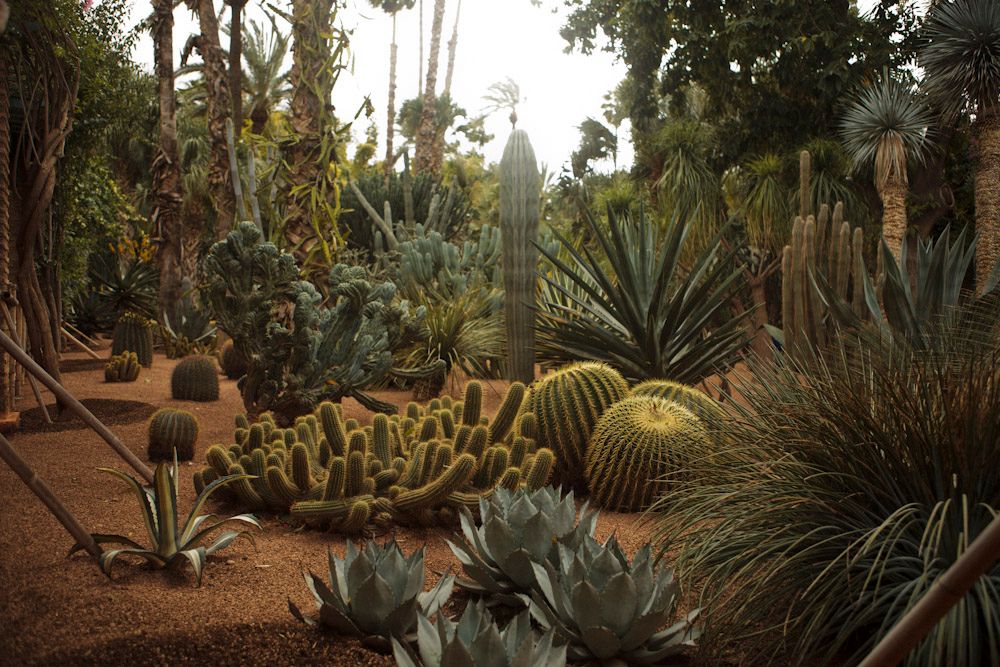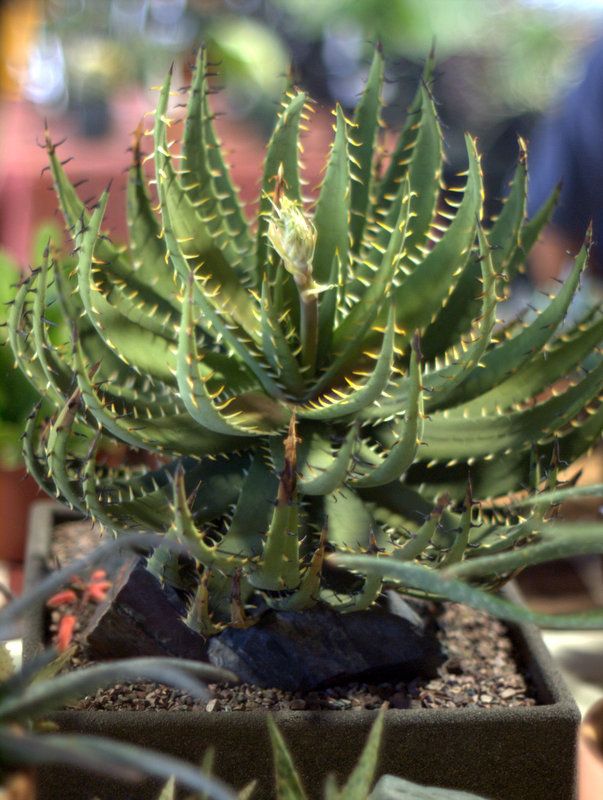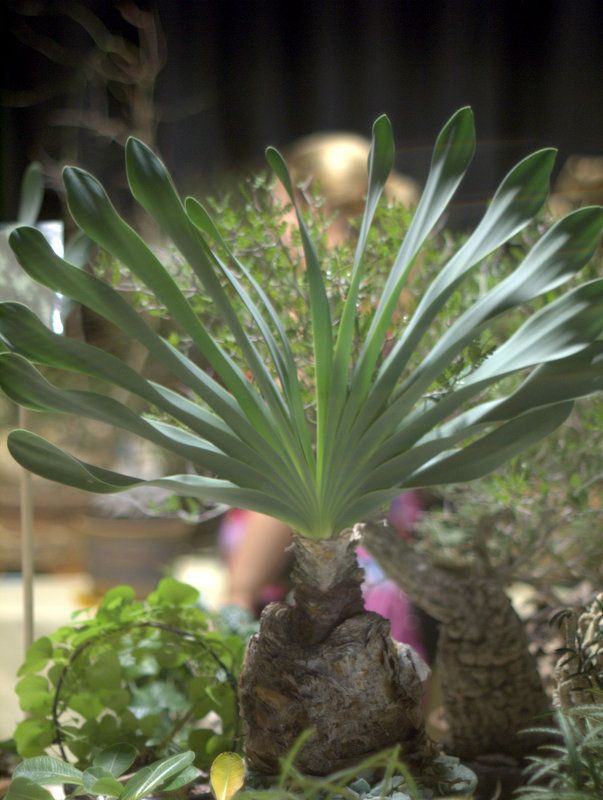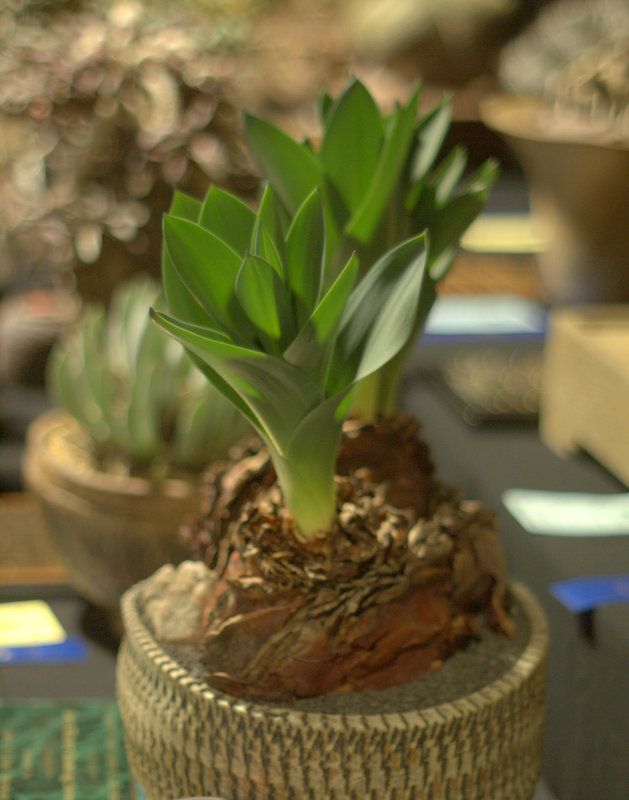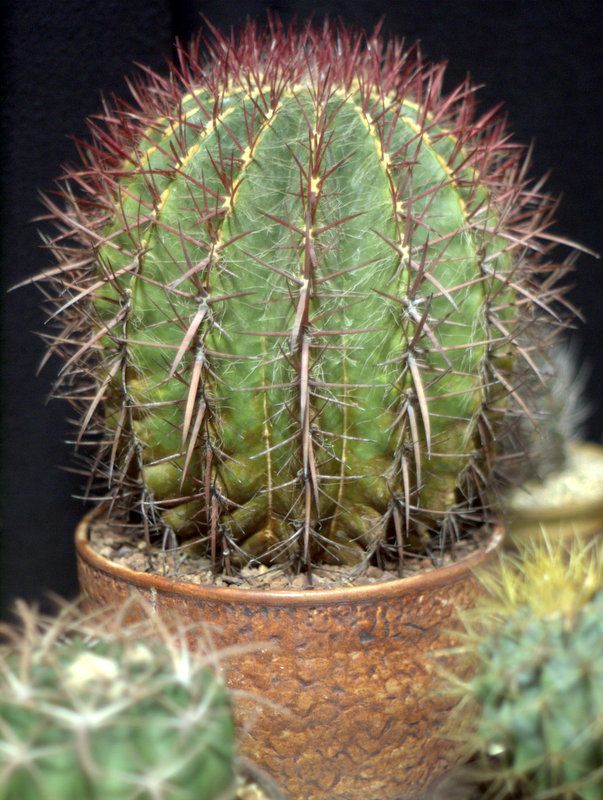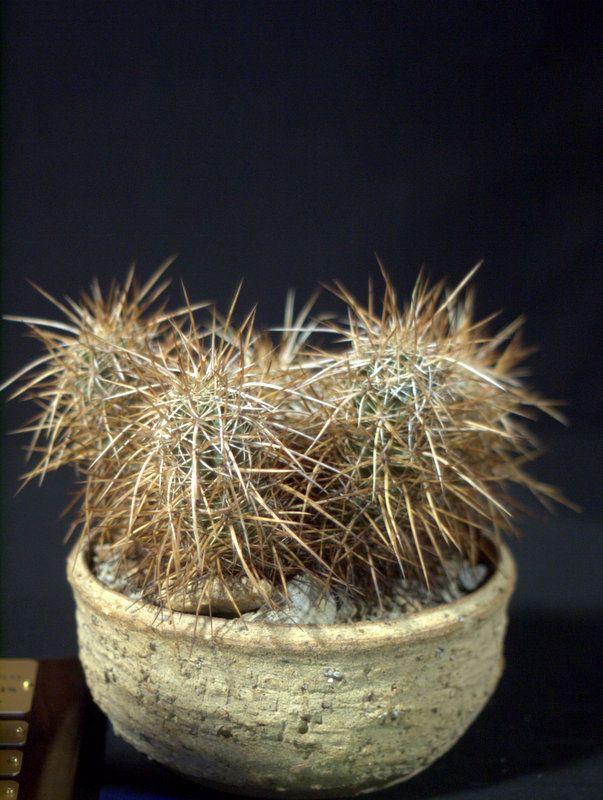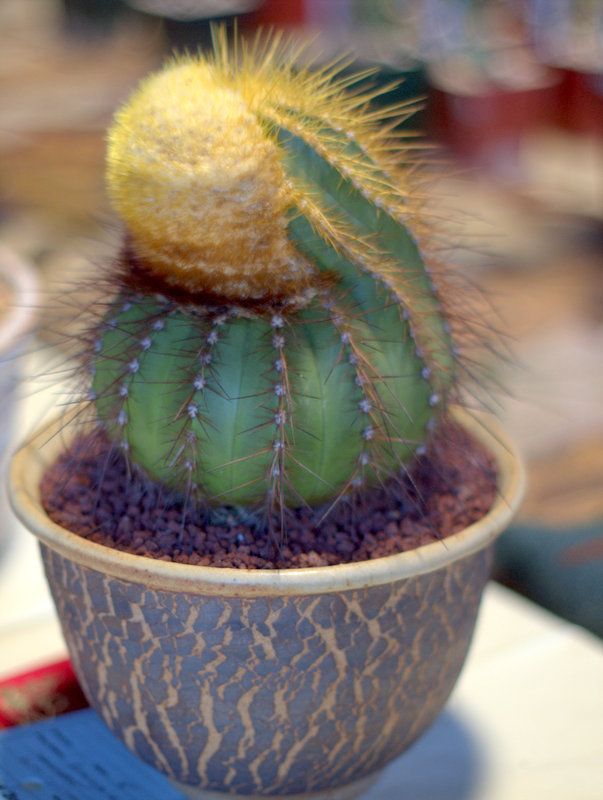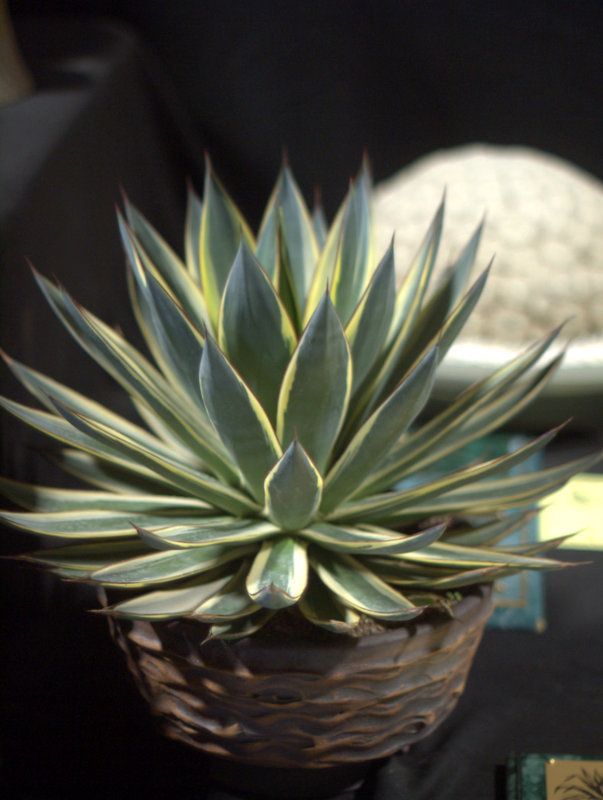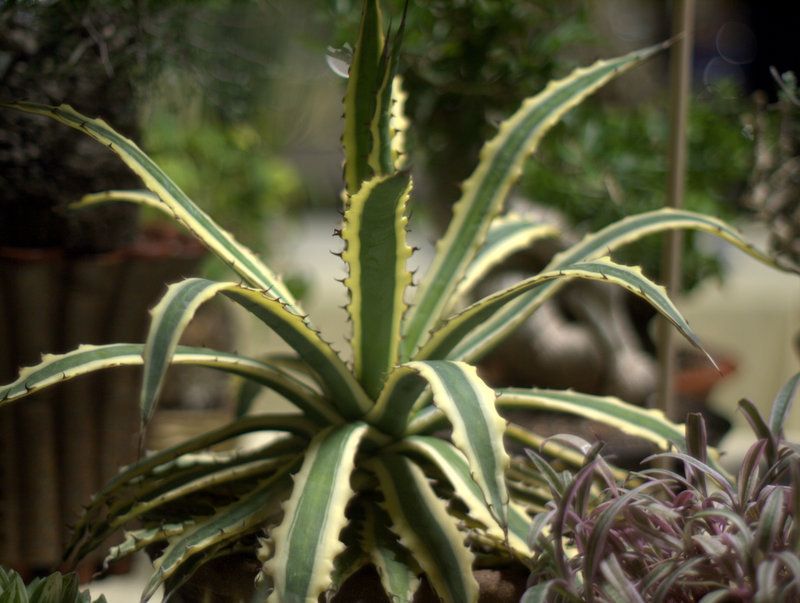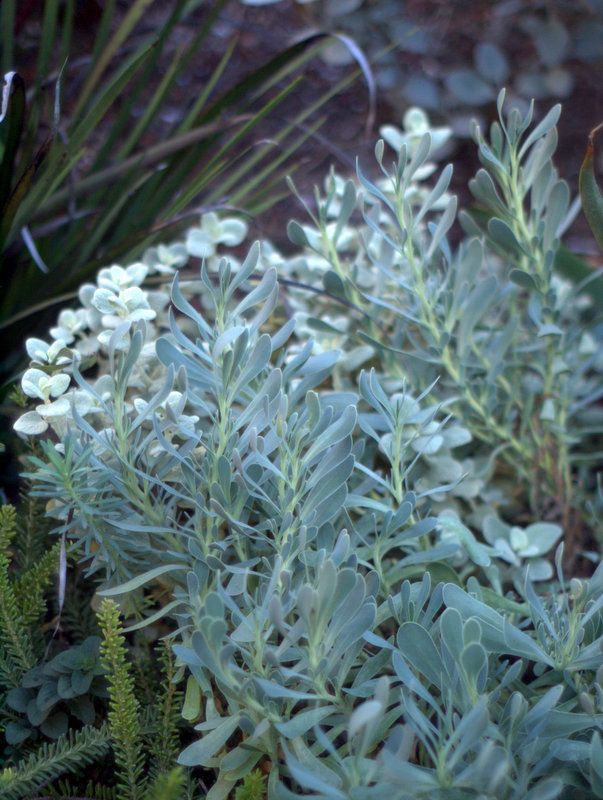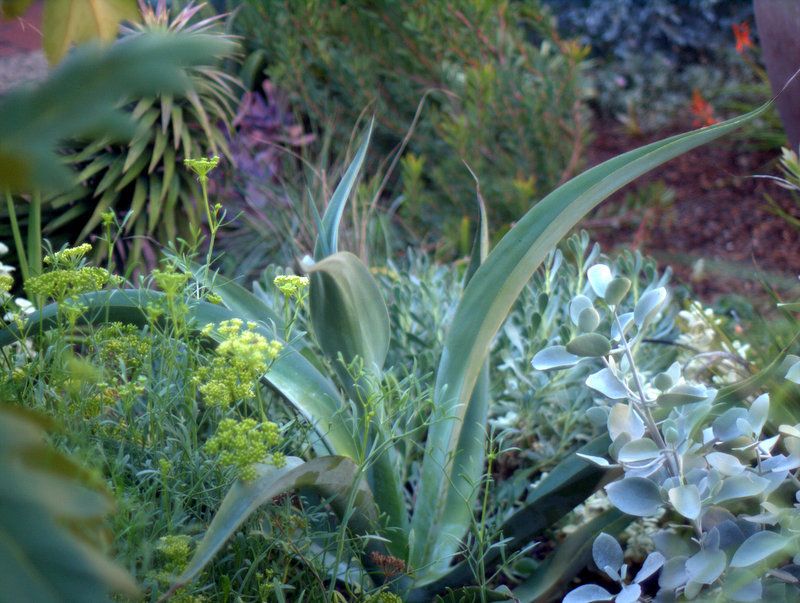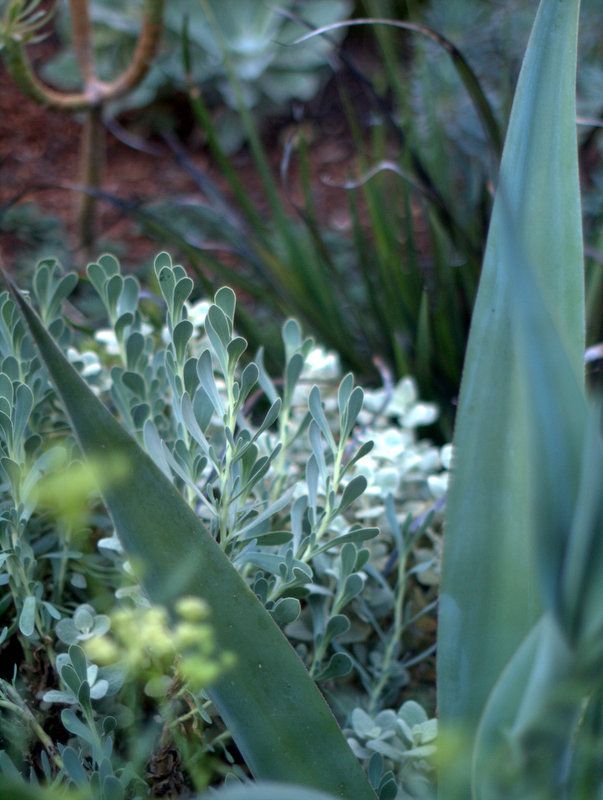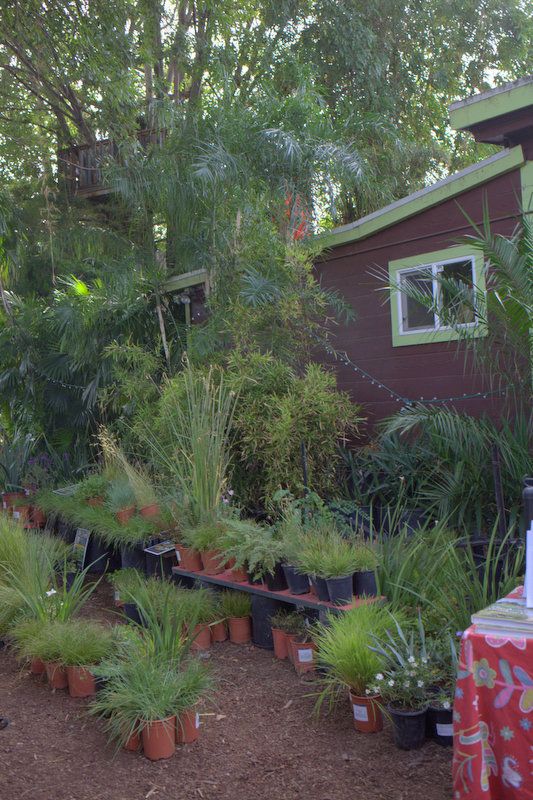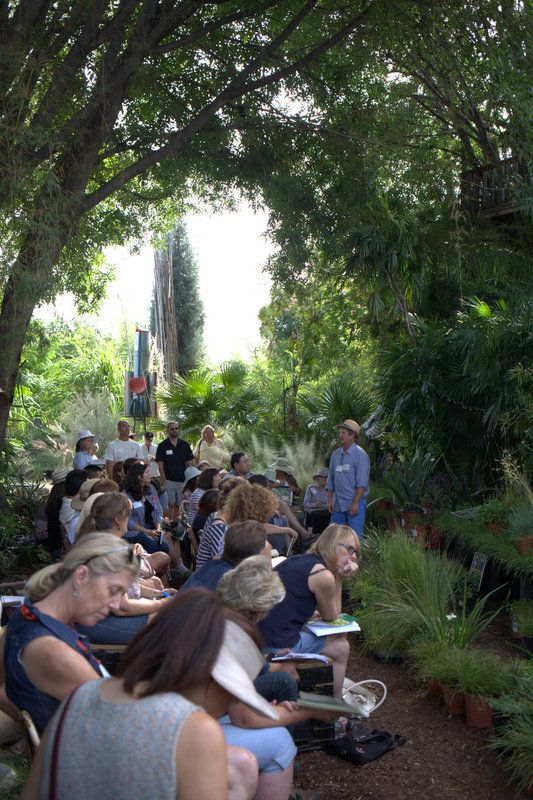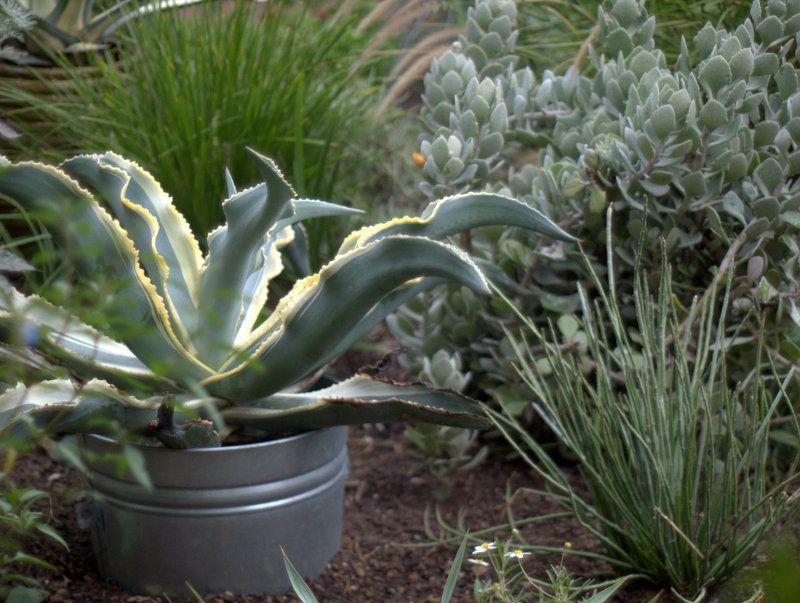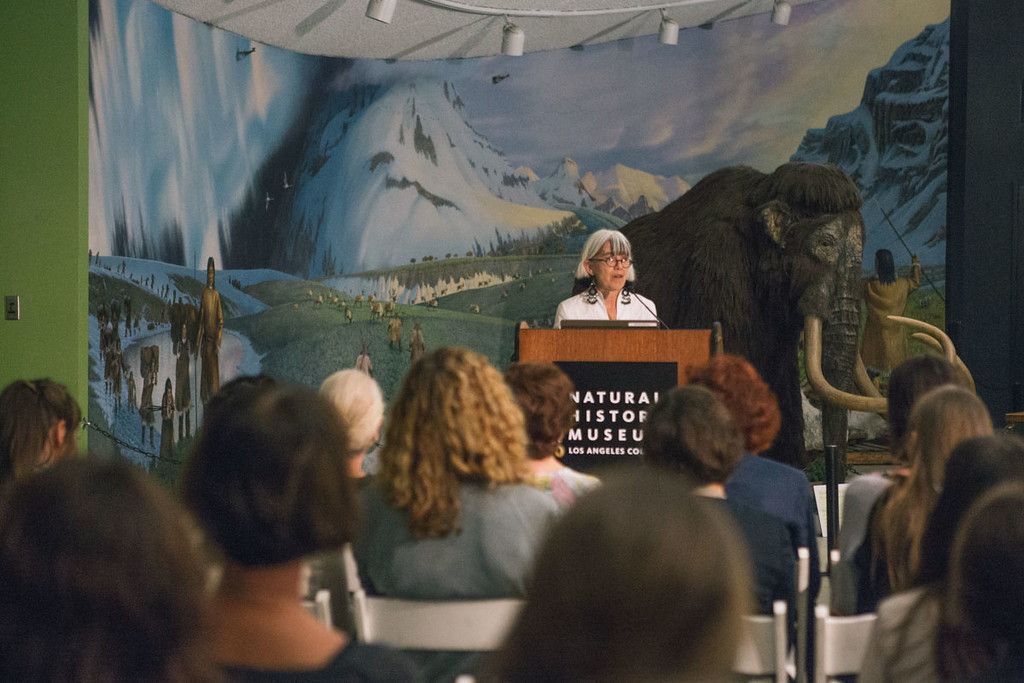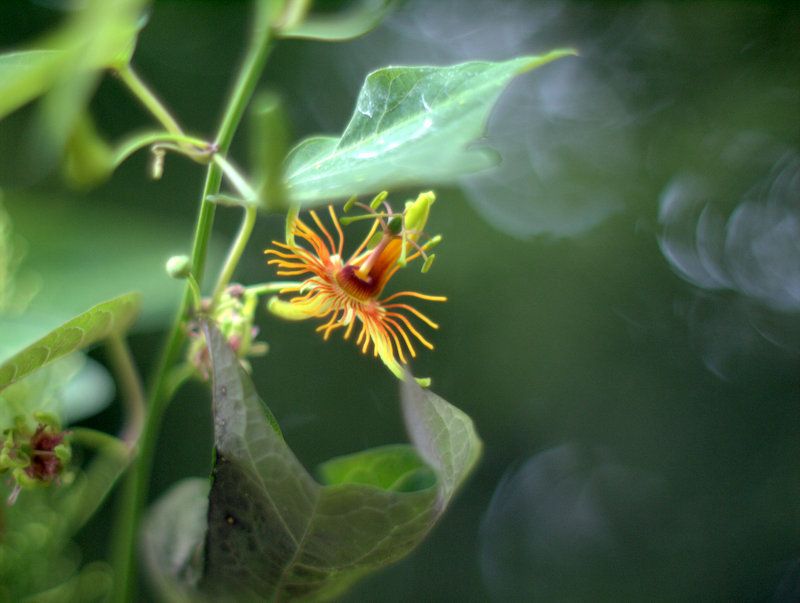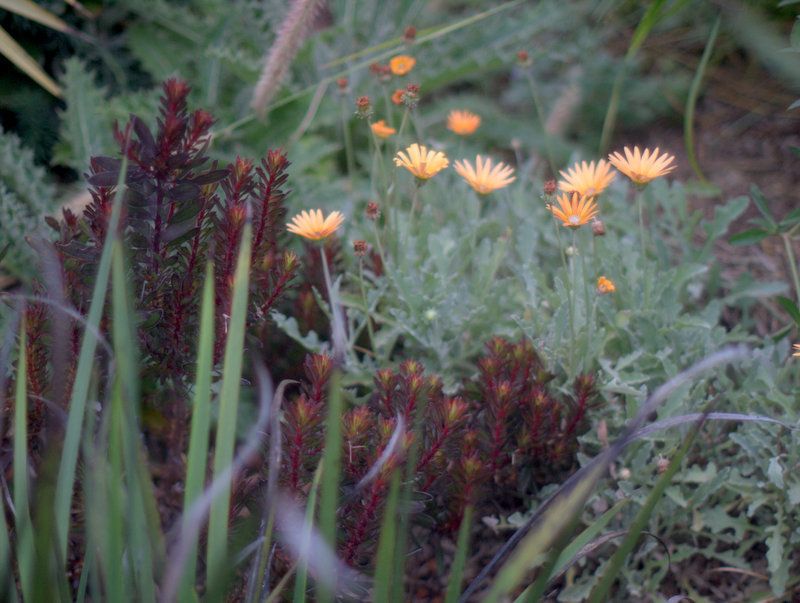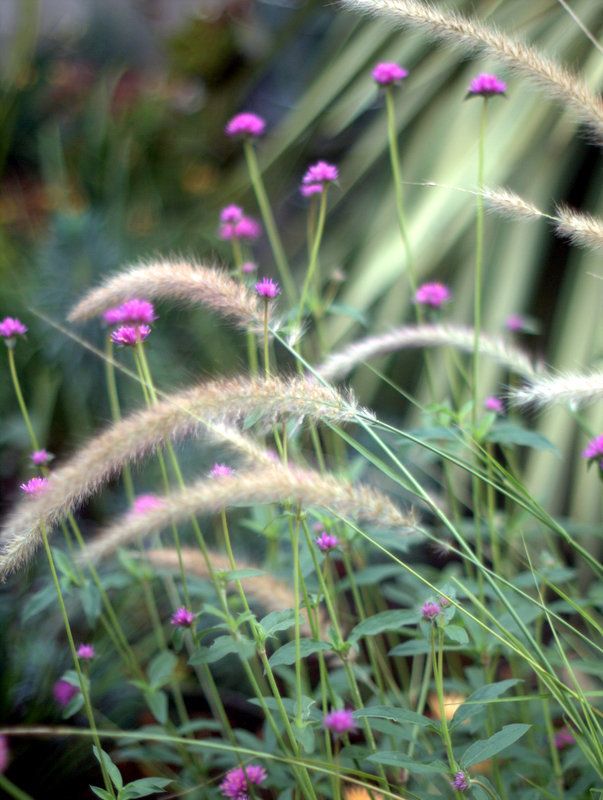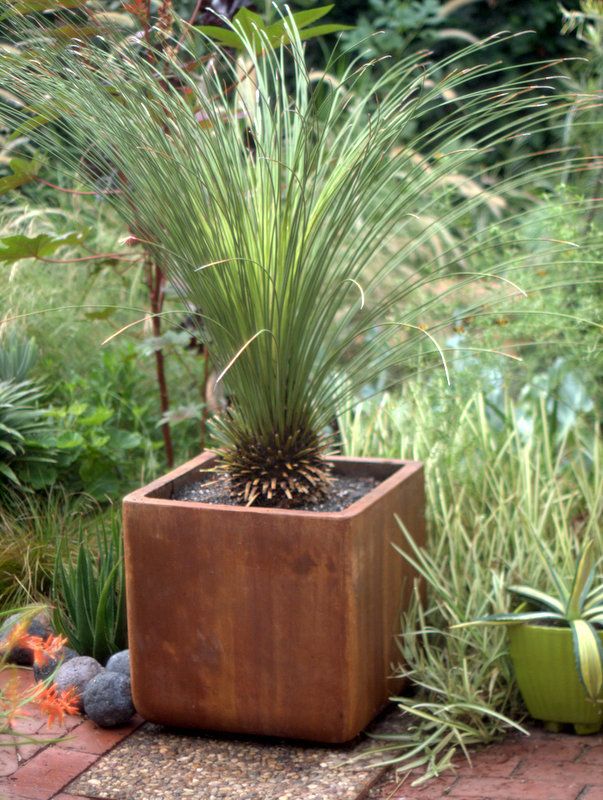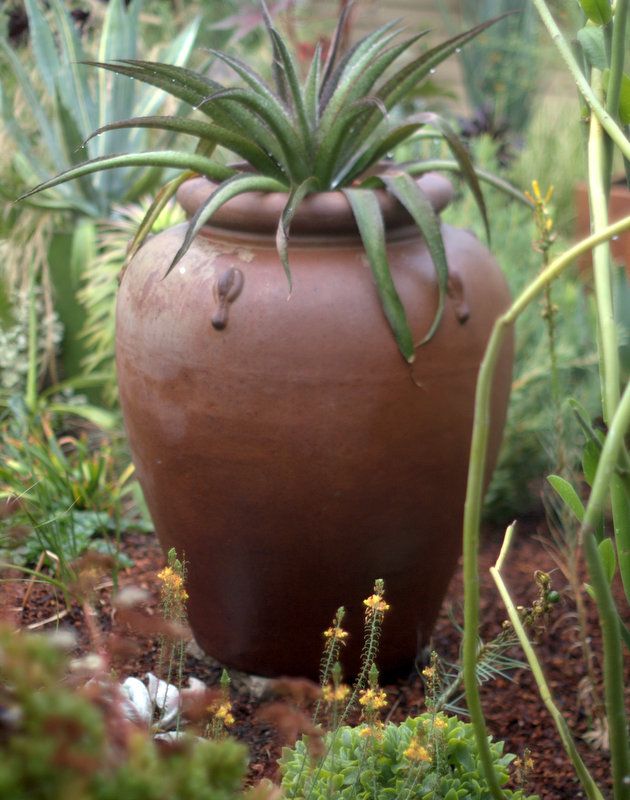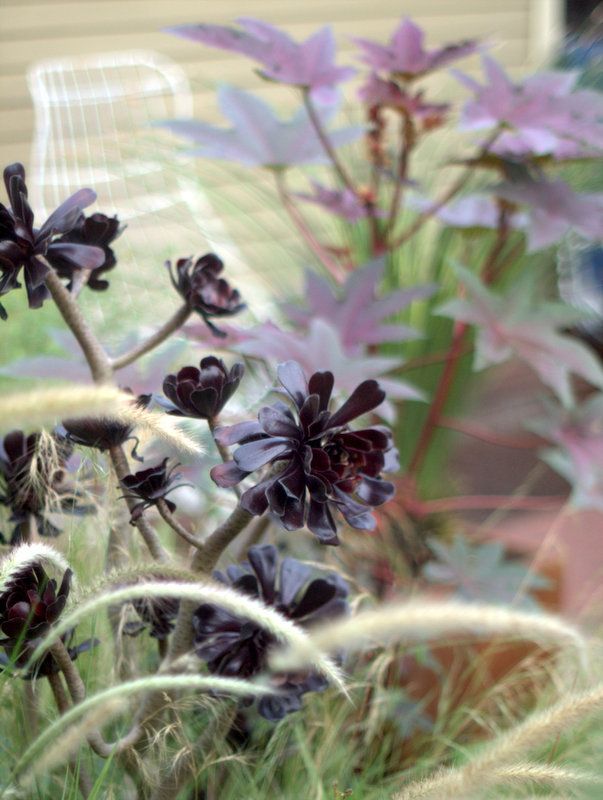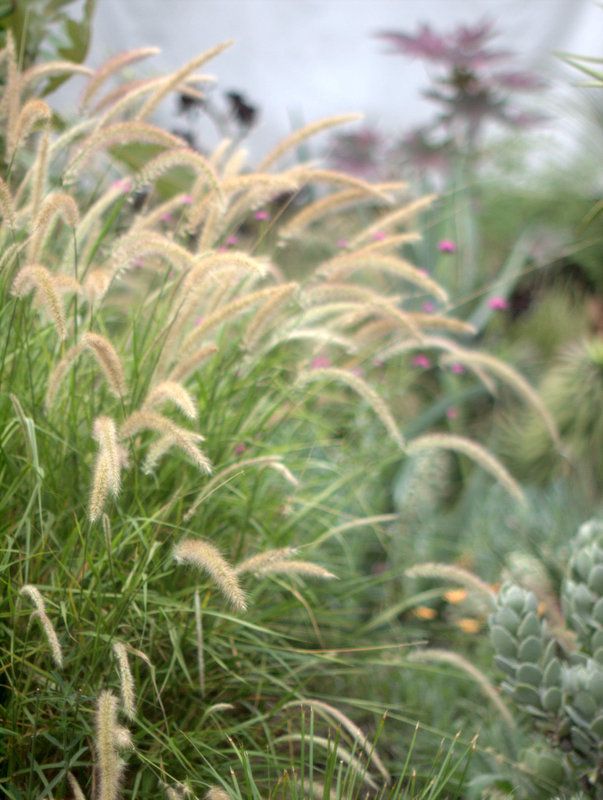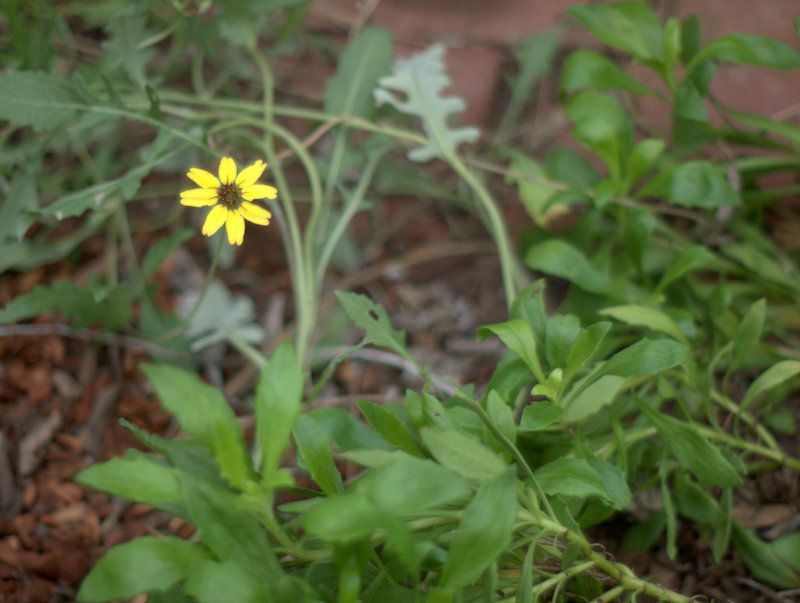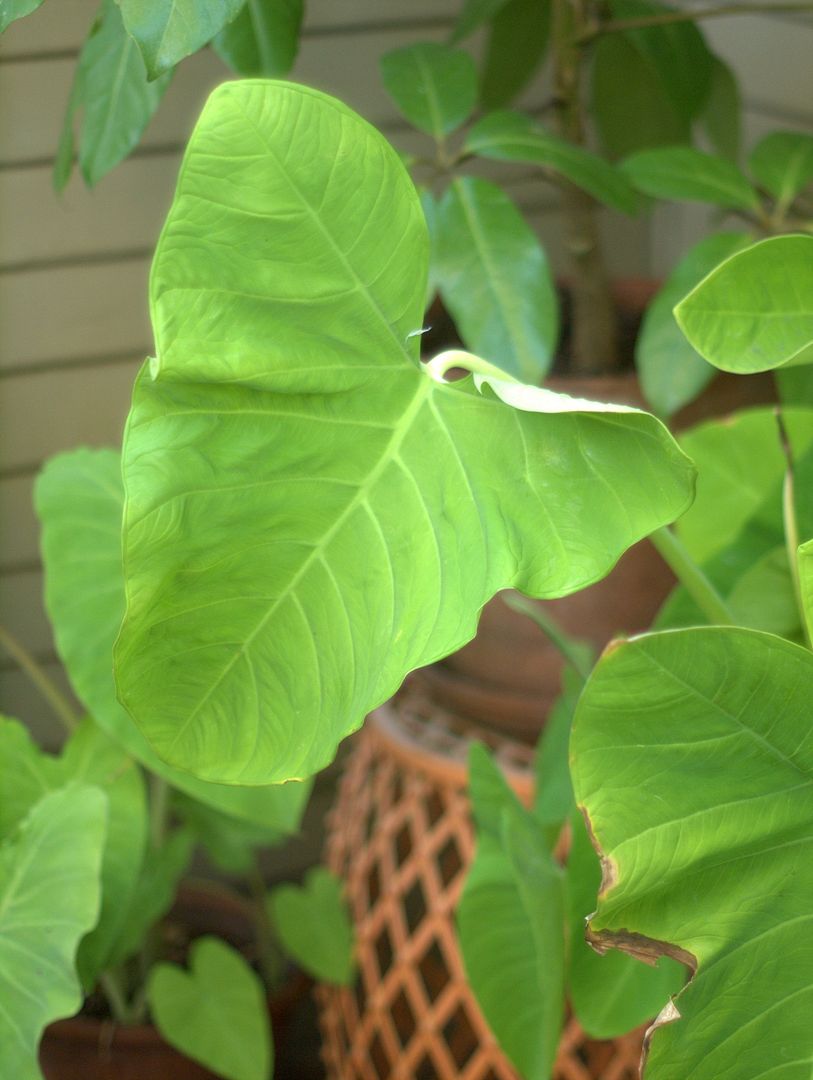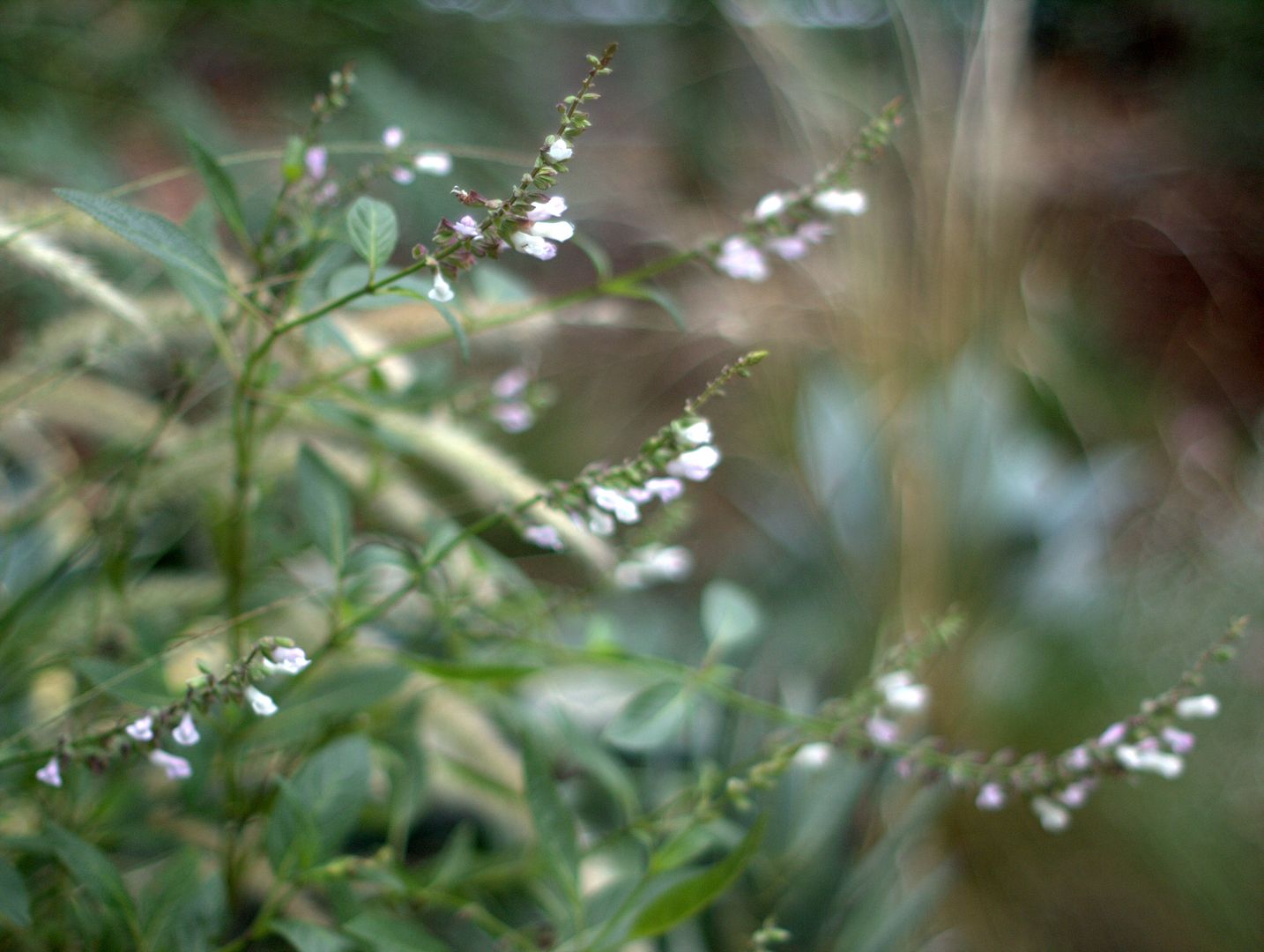When I planted this slipper plant (Pedilanthus bracteatus, from Mexico) into the back garden last October, I knew that it would necessarily change the character of the plantings surrrounding it. Everything would have to become even more dry tolerant. For that reason I hesitated, because the back garden is where I like to experiment with new plants. Experiments sometimes need additional water. With the slipper plant’s sensitivity to over-irrigation, I knew there’d be no turning back. But the surprising thing about a dry garden is, once you commit to it, you’re likely to find that you’re spoiled for choice when it comes to filling your dry garden with beautiful plants. And if you’re inclined toward the kookily eccentric, then the dry garden has your number too. I don’t consider it an insult to call the slipper plant a bit of a kook. In my opinion, it’s a beautiful kook.

Its first year in the ground it had to acclimatize from its previous position of afternoon shade to full-day sun. I confess, during some of the most brutally hot days, I thought it was a goner — or would become forever blemished from sunburn.
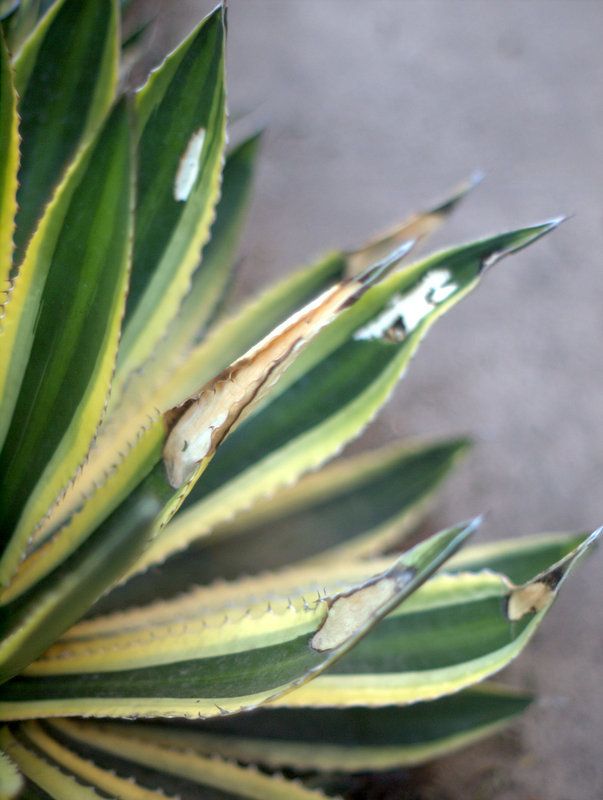
Like this Agave lophantha ‘Quadricolor’ after a 106-degree day. After years in this full-sun spot without sunburn, reflected heat off the pavement during that blistering day was its undoing. (And we’re not done with high temperatures yet. Today is predicted to go back up into the 90s.)

This little kook was giving me the hairy eyeball as I took photos of plants, as if to say What am I, chopped liver?

Plants give rebukes in more subtle ways than corgis. The move from container to the garden did seem to knock the pedilanthus out of its flowering cycle. It was in full bloom when I planted it last October.

Closeup of one of its bracts last October.

It was bare-stemmed all summer, and just recently burst forth with this flush of new leaves.
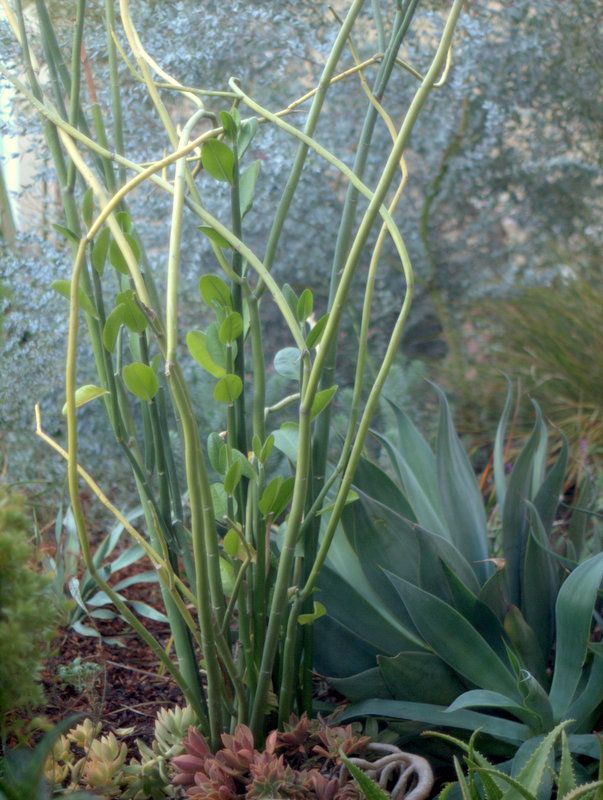
After planting, it comically splayed out in all directions, but seems to have found its equilibrium now. New growth rises out of the center rigid and straight, the old leafless stems making that helix shape.
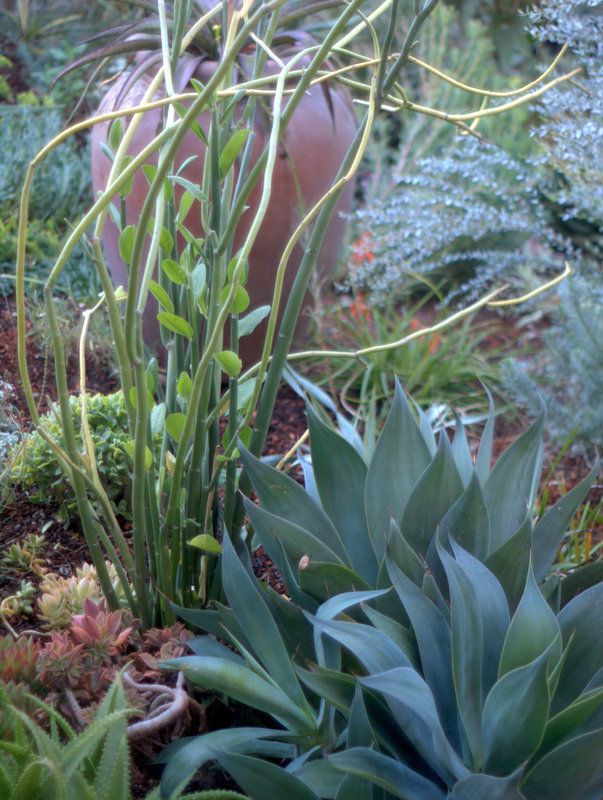
It was from this clump of Agave ‘Blue Flame’ that I removed that pup I brought indoors. Lots more thinning to do here.

You done with plants yet?

Hardly. This Island Bristleweed has impressed me mightily. From our Channel Islands off the coast of Ventura, Hazardia detonsa. A beautiful reminder of one of the most harrowing sailing adventures I ever endured, nearly going aground on a rocky reef one dark and stormy night off Santa Rosa Island. The Channel Islands are notorious for storms blowing up fast and furious.
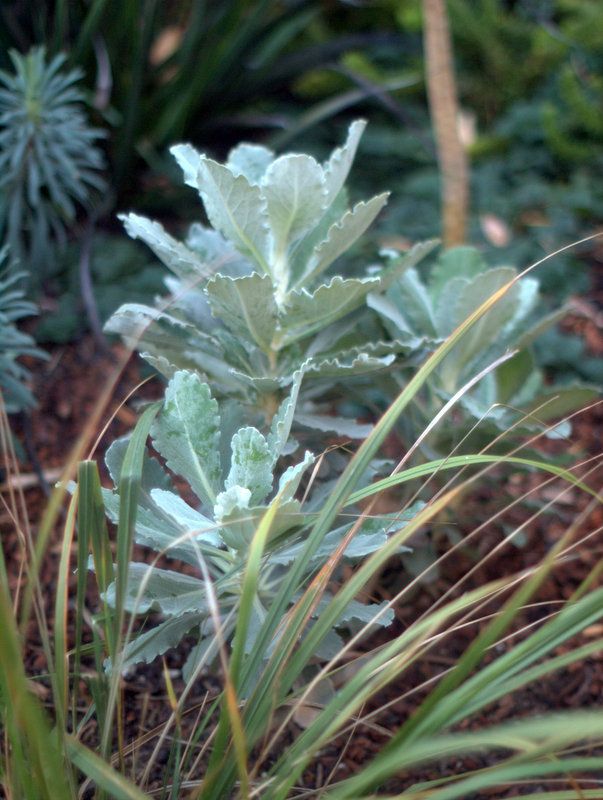
I love its crimped silver leaves. There’s a chance that blooming could turn it into a ghastly mess, so it’s too soon to give it an unequivocal recommendation. Foolishly planted in July, along with other silvers like verbascum, it’s been thriving ever since. Which is more than I can say about the verbascums, which were done in by the unremitting muggy heat.

Bored with me focused solely on plants, Ein heads for the house.
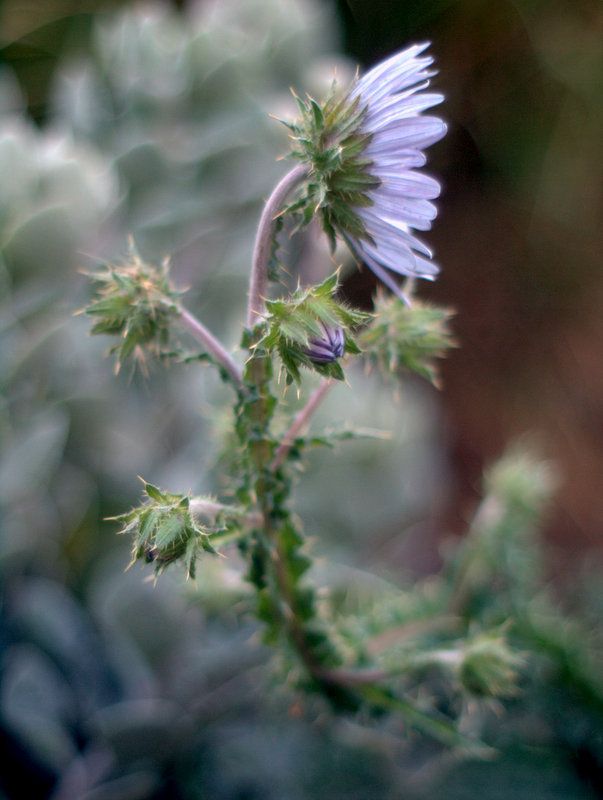
Silly creature. Who could possibly get bored with plants, with Berkheya purpurea throwing a surprising bloom stalk in November?
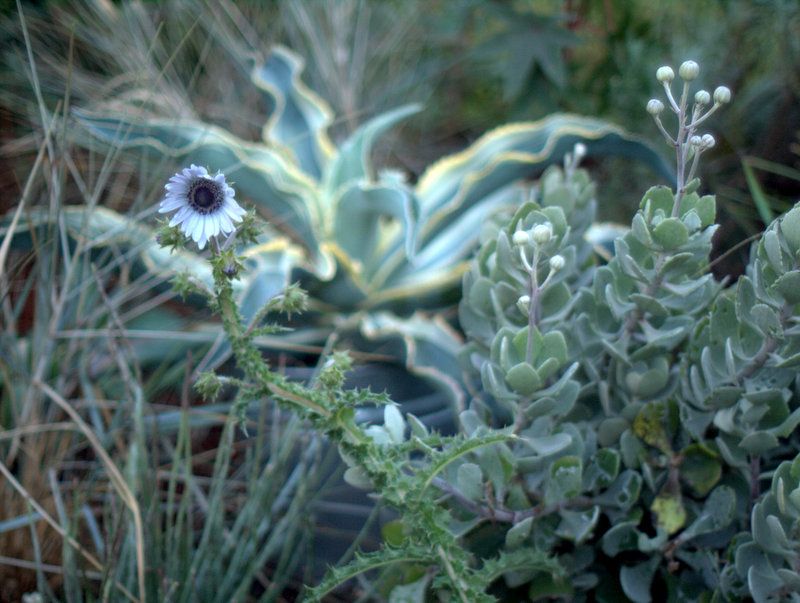

I love thistly, bristly plants and have tried dozens. Very few thistles like my garden. I could grow an artichoke, I suppose, but they’re massive plants. On a smaller scale, a native thistle, Cirsium occidentale, seemed briefly promising but always collapsed just as it threw its first bloom, as if exhausted by the effort.

Berkheya couldn’t be further from exhausted. Its snaky stems exude rambunctious energy. Getting through one summer, especially a very hot and dry one like 2015, is quite the accomplishment.
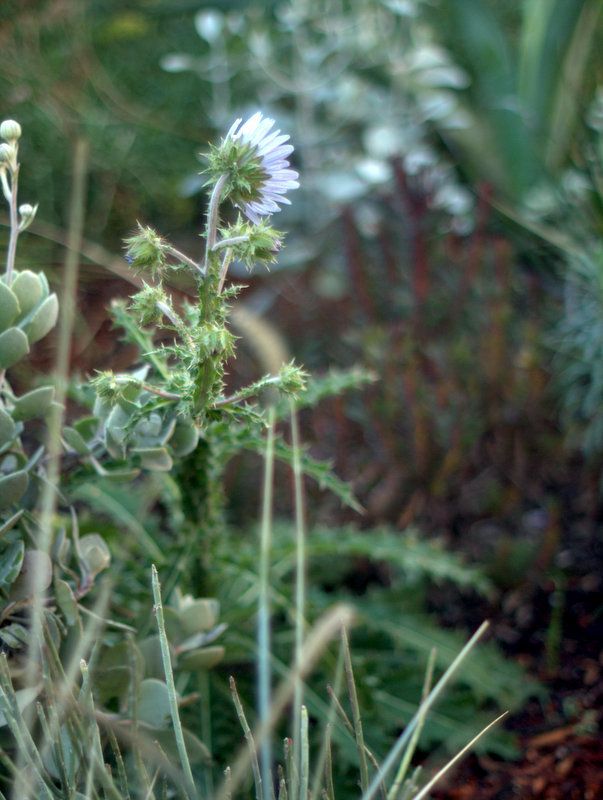
Brought home from Cistus Nursery summer 2014, it’s spread into several clumps.

Okay, something tells me it’s time to put down the camera and grab some kibble.

